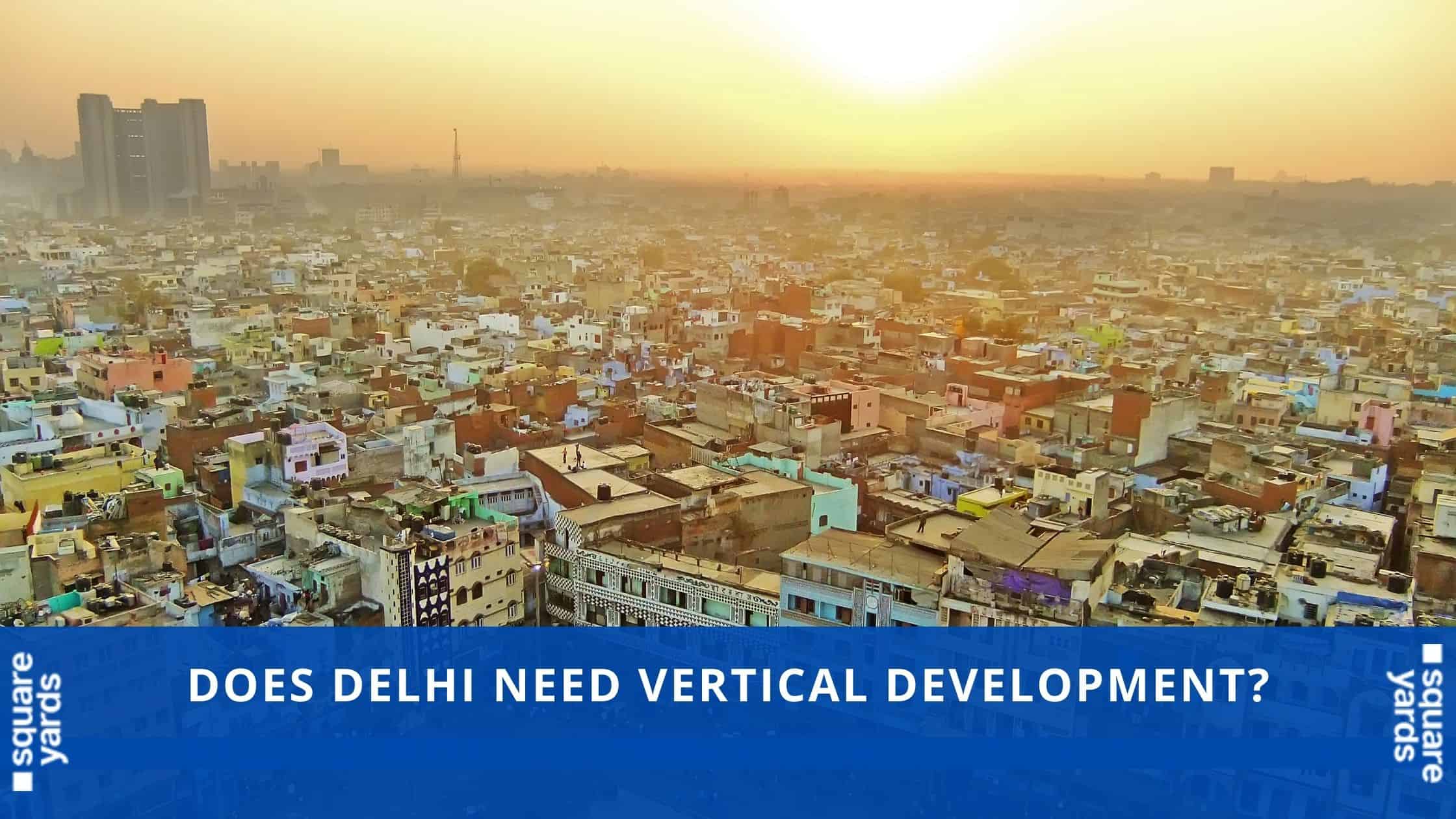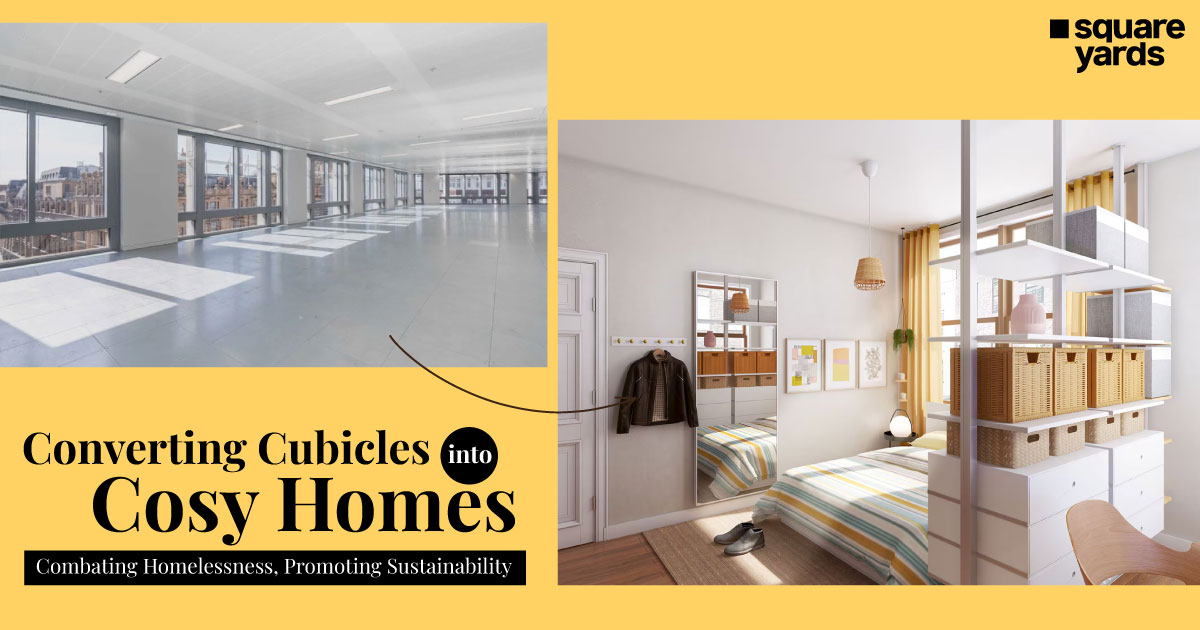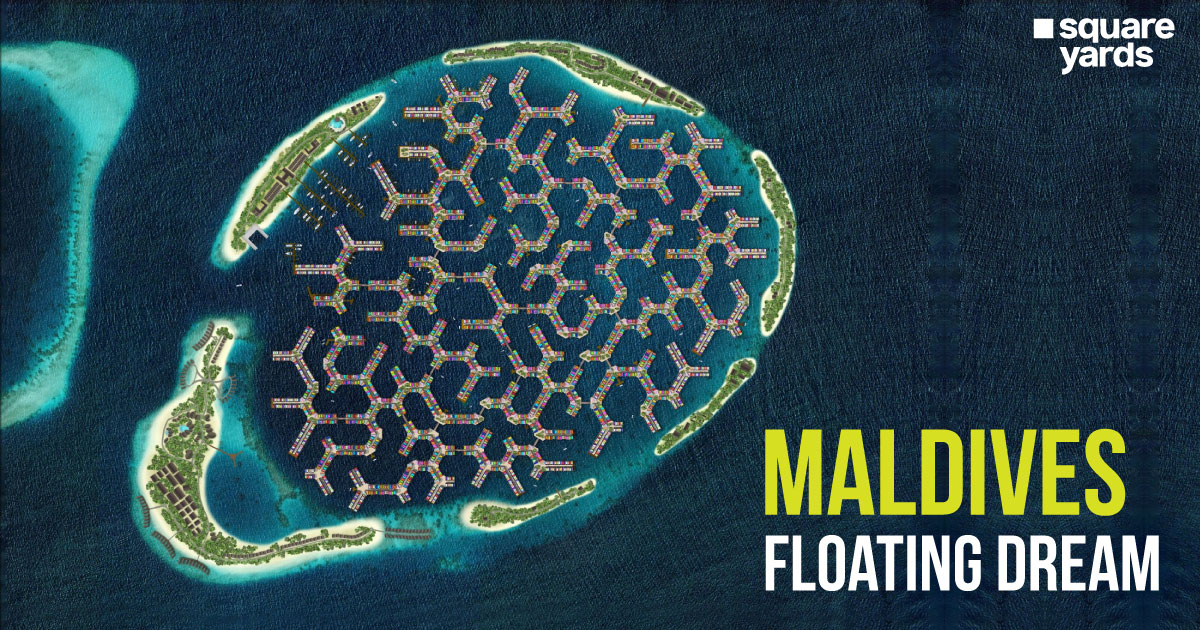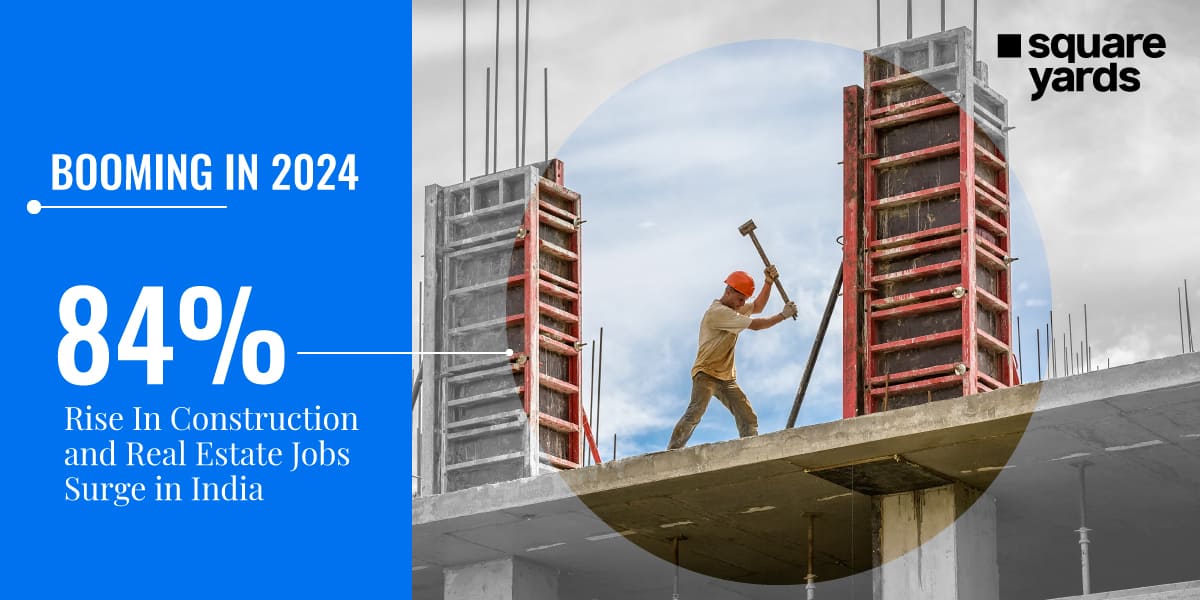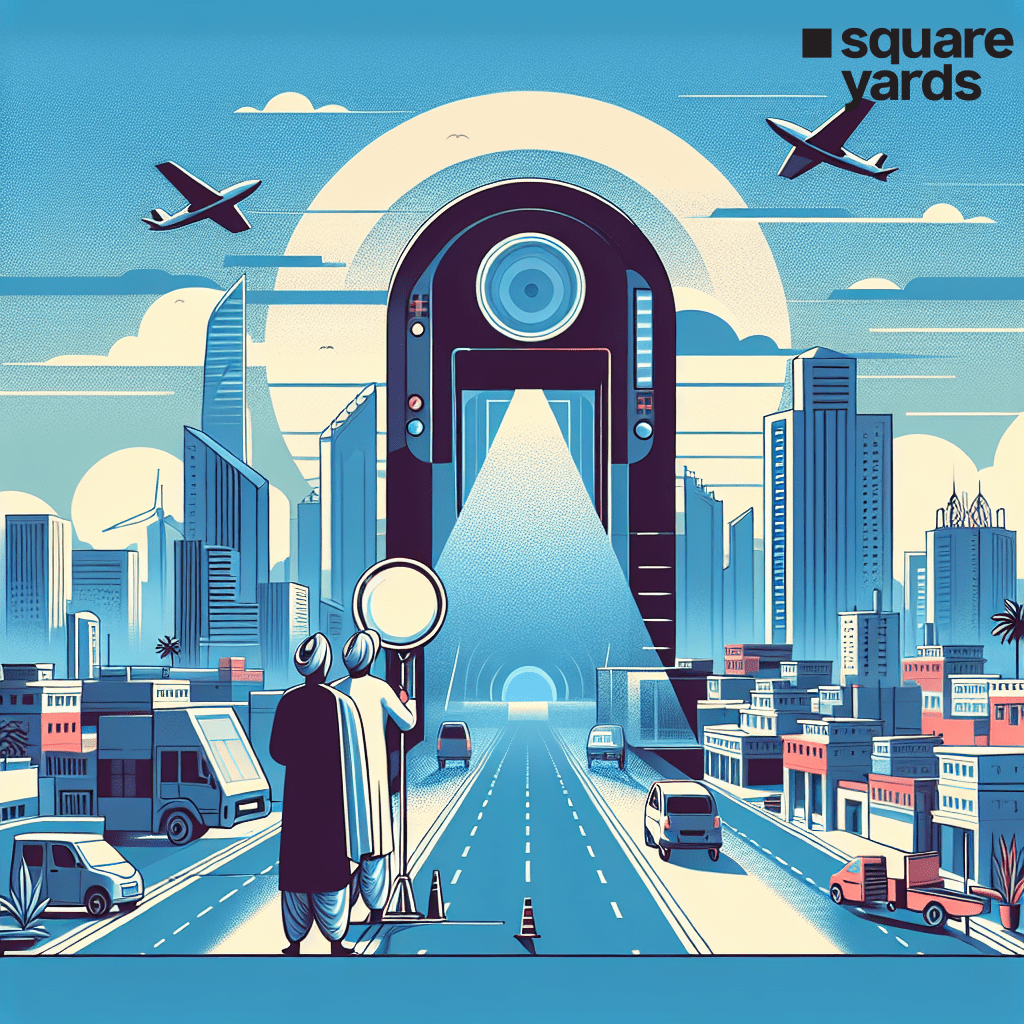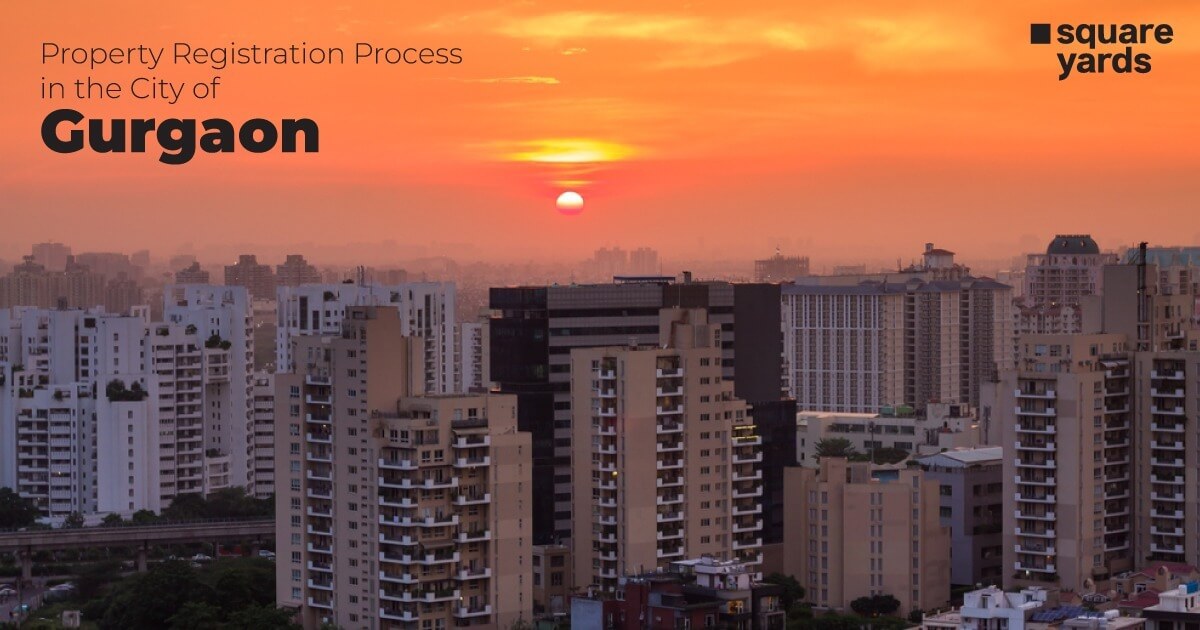Does the National Capital really need vertical development? Many experts feel that the city is already bursting at its seams and a similar effect of population growth and expansion is being seen in adjoining areas as well. Hence, they feel that vertical growth could perhaps be the only future solution.
Delhi has witnessed considerable evolution over the years although it has managed to hold onto its core architectural or developmental premise with aplomb. It has mainly been a horizontal city in terms of development. Delhi has only a few rare high-rises or skyscrapers unlike other metro cities like Mumbai or Bangalore for instance. A major chunk of the Capital is occupied by independent houses and blocks of apartments which have heights going up to only tree levels as residents and experts call it! Hence, does New Delhi require vertical development? Experts are of the opinion that it does.
However, they also feel that the charm and historical significance of monuments and buildings in New Delhi like the Vikas Minar, Ashok Hotel, Akbar Bhawan, Dak Tar Bhawan, and others should be safeguarded while implementing vertical development in the new master plan for the upcoming megapolis of tomorrow. Vertical growth will soon transform the skyline of New Delhi although experts, while hailing the move, have been advocating stringent measures to protect post-independence structures and other heritage, historical and culturally significant buildings in the city. INTACH has already compiled its list as per reports which also include the likes of the Vigyan Bhawan, Nehru Memorial Library, Baha’i Temple, Asiad Games Village, Garden of Five Senses, Supreme Court, National Science Centre, India Habitat Centre and more. The Central Vista project will already have a massive impact on the future layout of the National Capital.
New Regulations and How They Could Pan Out
With the Capital being re-imagined, the urban development ministry has reportedly given its green signal already towards land pooling regulations. This will ultimately allow the development of new apartment clusters on 20,000 hectares of farmlands on the outskirts of the city. Even if 50% of the overall area spanning 89 villages bordering Delhi, is finally developed, it will help in catering to the growing housing needs of the city. This will be predominantly vertical growth with every apartment building containing anywhere around 15-30 storeys as per reports. Cities throughout the world take the vertical route since resource consumption is higher in the suburbs, explaining the urban density at their cores. They will require more transit avenues, highways and vehicle usage, leading to higher pollution. Low-density areas in the central district of Delhi have stringent regulations on vertical development.
Delhi has always been a horizontal city, developing only a few rare high-rises majorly in the business zones and also a few towers in areas like Dwarka, Mayur Vihar and others. However, there are height limitations which keep buildings limited to what we mentioned earlier as tree level. Now urban planning departments are planning to build vertically by unlocking newer land on the outskirts. This will help in adding significantly towards housing stock, eventually rationalizing real estate prices and also accommodating the rapidly growing population of the city that will outstrip the entire population of Australia by 2030 as per many reports.
What Could be The Pitfalls?
However, there are a few potential pitfalls of vertical growth in New Delhi. The Capital will have to stretch its already-strained infrastructure and resources to meet growing densification and population growth. This will mean pressure on roads, vehicle usage, power, water, sewerage systems, waste disposal and more. High-rises will also consume additional water and power for their common amenities such as lawns or elevators for instance.
The power demand in the city is already growing annually while the same is true for water. Most land pooling areas are amongst areas which are stressed in terms of water availability. Vertical townships in Noida, Gurgaon, Ghaziabad and other NCR localities are already squeezing these villages bordering the National Capital.
What is the Solution?
Sustainable development, according to many experts, is the only solution towards maintaining a good pace of vertical growth in and around the National Capital. The DDA could take steps to adopt measures in new townships like solar panels, waste-water treatment plants, rainwater harvesting and more. The upfront cost will be higher though people are already accustomed to paying higher amounts for DDA apartments in the current scenario.
The Master Plan of 2041 for Delhi integrates vertical mixing, green-blue factor, and also the TDR (tradable floor area ratio or transfer development right). Community and educational amenities along with commercial activities will be allowed for ground floors as per DDA officials and vertical mixing will lower overall pandemic-related future vulnerability. The outbreak of the coronavirus has prompted DDA to consider this concept along with mixed-use development projects. Both concepts will be promoted, enabling ready availability of all major services, business centres and homes within close proximity to each other, leading to more self-sufficient zones for isolation, reduction in overall commutes and safer public zones too.
Some Other Proposals of The DDA
Vertical mixing enables a mixture of various services or amenities in the same building on any particular plot. The lower floors will have commercial amenities like retail outlets while the upper floors will have residential and/or commercial spaces. Hospitals, university campuses, parks, health facilities, fuel stations and penal facilities of any type will not be allowed under this policy. BGF or blue-green factor will aim at maintaining blue and green levels for all projects. The TDR policy will have unused FAR allowed for usage at other sites via exchange. However, it may be utilized only in receiving areas for TDR as identified in the Master Plan. It will only be given where the rights to development or land are given away for any public purpose.
The DDA has also come up with provisions for lowering the vehicle count, boosting public transportation, dust management, lower-polluting commercial activities, proper buffers and trees for reducing noise/air pollution, higher BGF values, native species of plants and trees as pollution filters and tracking environmental asset health periodically. DDA is proposing the development of a 24-hour megapolis with vibrant nightlife, high-rise studio apartments in proximity to facilities of mass transportation, rental housing amenities, streets that are friendlier for pedestrians and co-working spaces.


